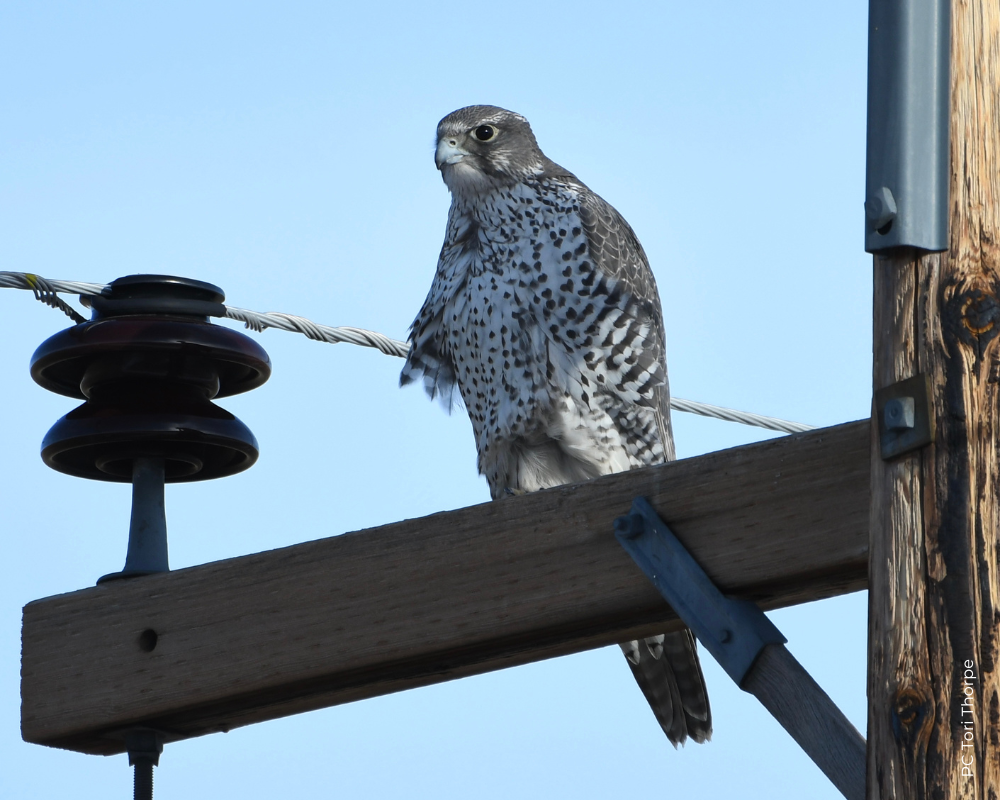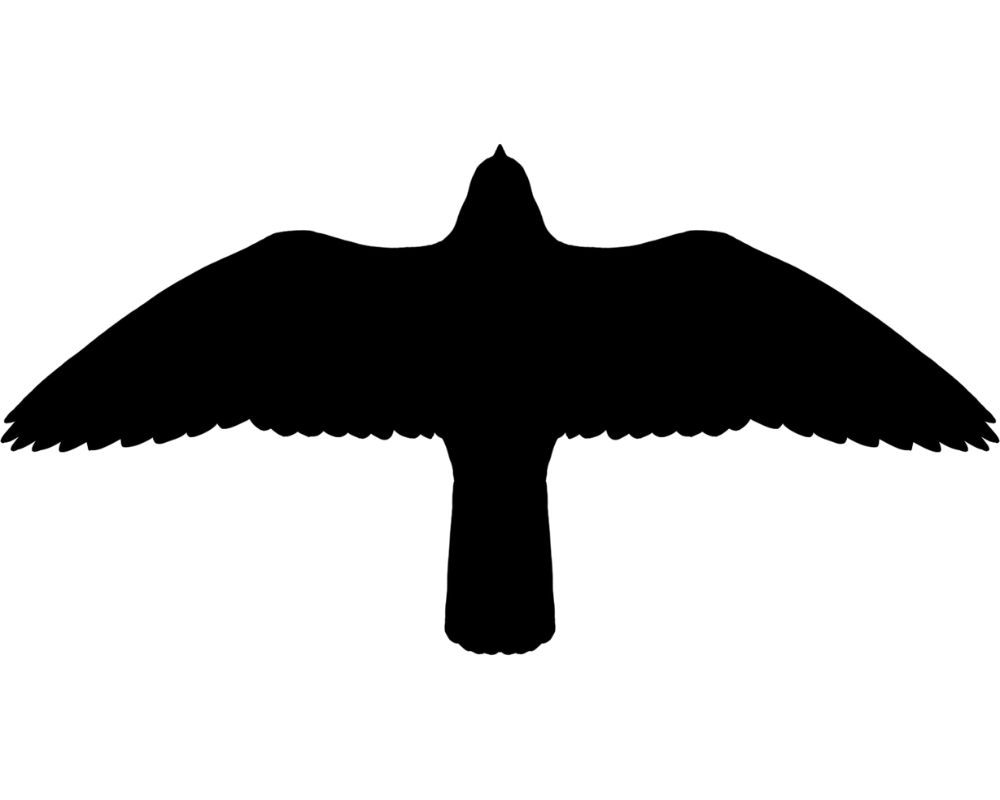Overview
Gyrfalcon is the largest, most powerful, rarest N.A. falcon and likely the most sought-after raptor by birders. It is a denizen of the Arctic, nesting on cliffs above vast expanses where they hunt large birds (e.g., ptarmigan, waterfowl) and sometimes medium-sized mammals (e.g., Arctic Hare). Females are considerably larger than males and can take larger prey. Gyrfalcons hunt using ‘surprise and flush’ tactics, cruising low over the terrain to scare up birds. When prey is flushed, Gyrfalcons can accelerate in an instant and chase down even the fastest waterfowl. Gyrfalcons will stoop from high altitudes as well and may do so in pairs on the breeding grounds. They often knock prey from the sky and then retrieve it on the ground. Gyrfalcons are quiet birds but make an agitated “Kak-Kak-Kak-Kak” call similar to Peregrines but slightly lower pitched and slower.
During winter, they occur in the Lower 48 but only scarcely. They perch on rock outcrops, hilltops, and man-made structures, especially utility poles, in open areas such as varied grasslands and agricultural areas. Gyrfalcons are known to inhabit parts of the Pacific Northwest, especially the Skagit and Samish Flats, WA. They are also regular winter visitors in open areas of MT, ID, and around Sault St. Marie, MI. One of the most reliable winter sites is the grasslands around Pierre, South Dakota. One or two are usually reported in New England each winter. They are much less common farther south. Many adults remain in the Arctic year-round, and some even spend the winter on pack ice where sea duck concentrations occur.
Hybrid Gyrfalcons are not known to occur in the wild, but are common in falconry. Hybrids can appear nearly identical to one species or look like a combination of both species. Some falconry birds escape into the wild, but often have jesses (leather anklets) or rings on their legs.




